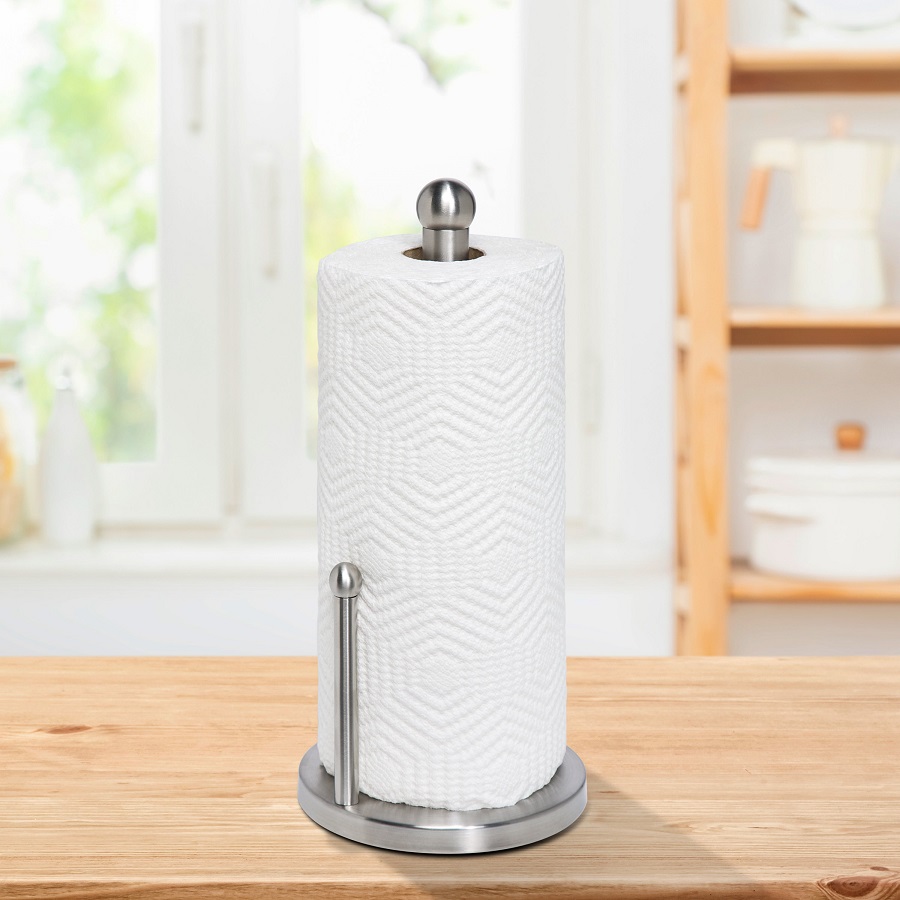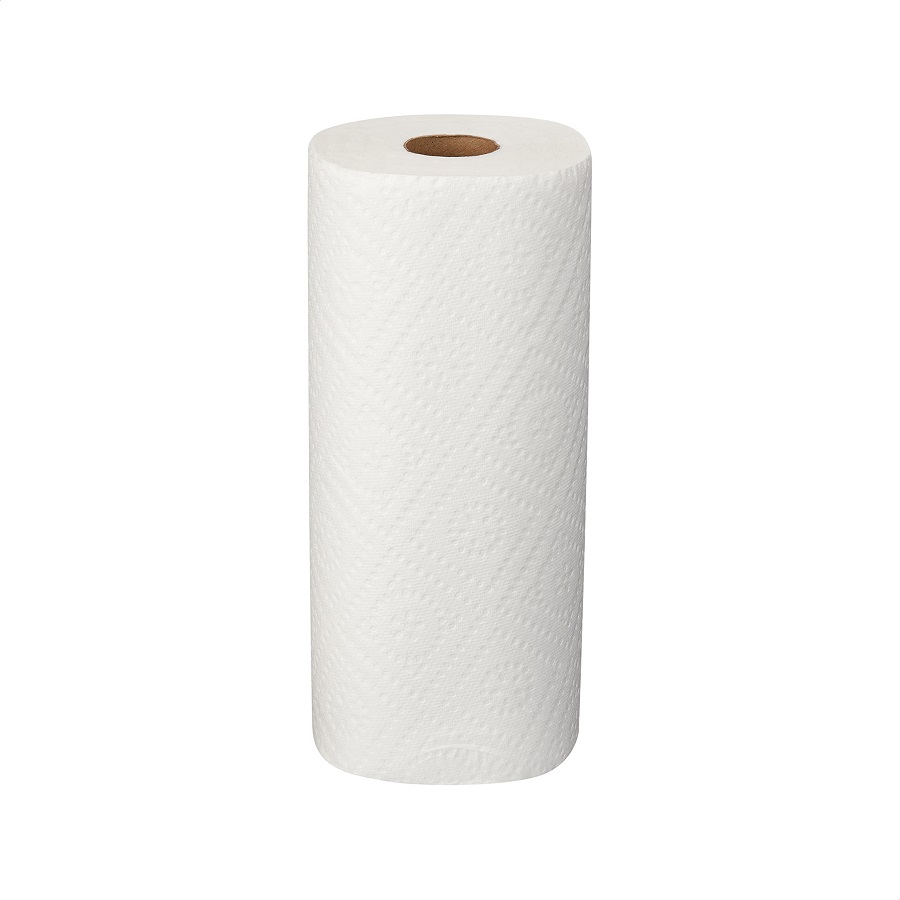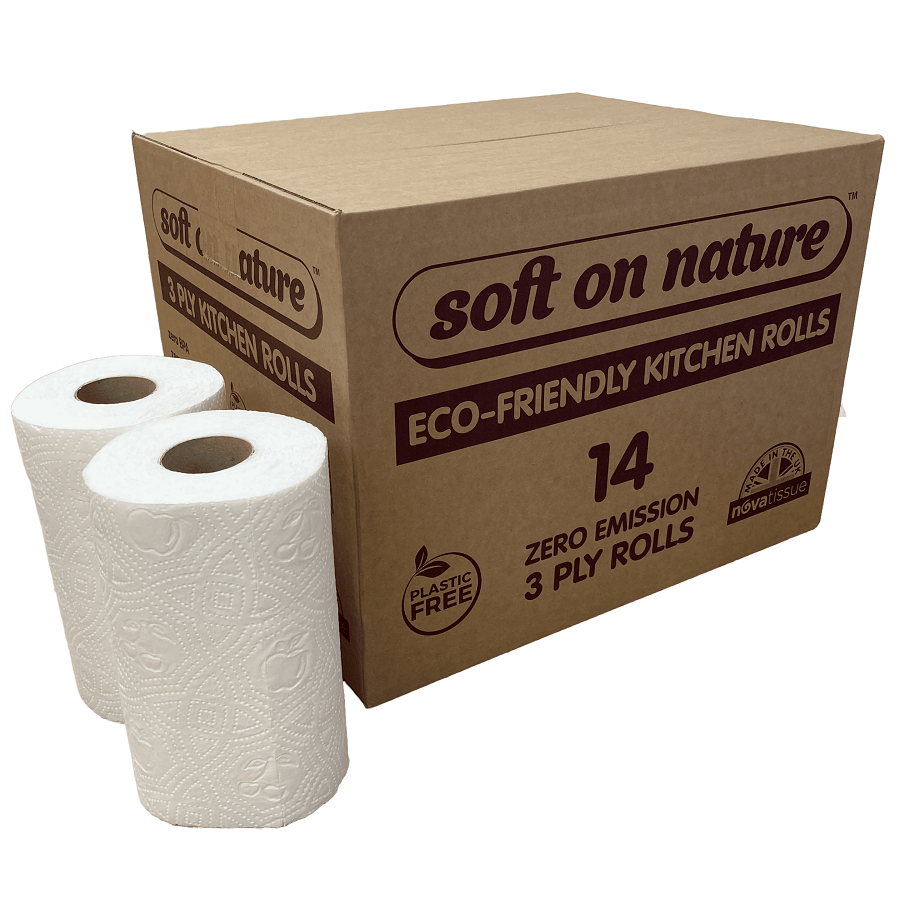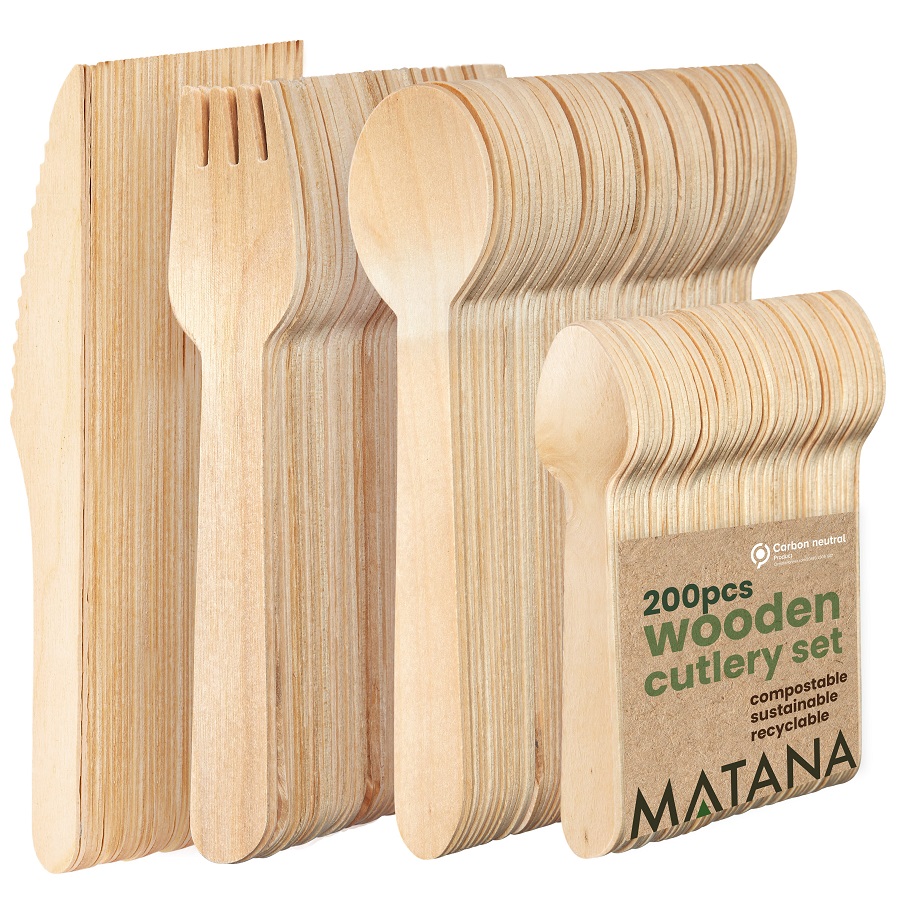Introduction to Kitchen Paper
What is kitchen paper – Kitchen paper is a staple in most homes. It helps in daily tasks from wiping spills to covering food. But, what is kitchen paper, exactly? It’s a form of paper towel designed for kitchen tasks. Kitchen paper comes in various types and sizes. Each kind serves a unique purpose to suit your needs. Many choose kitchen paper for its convenience and disposability. In this guide, we’ll explore the roles of kitchen paper in detail. We’ll cover its uses in food prep and compare it to other cleaning materials. You’ll also learn how to dispose of it properly and recycle when possible. We’ll look into some creative ways to use kitchen paper outside the kitchen. Finally, you’ll get tips on what to consider when shopping for kitchen paper. This includes understanding quality and sustainability options.
 Types of Kitchen Paper
Types of Kitchen Paper
When selecting kitchen paper, it’s important to know the types available. Each type suits different tasks and user preferences. Grasping the variety will help you make an informed choice.
Standard Paper Towels
Standard paper towels are a common sight in kitchens worldwide. They usually come in large rolls with perforated sheets. You can easily tear off a sheet when you need to wipe spills or dry dishes. These towels are made to be strong and absorbent. They can handle most kitchen messes with ease. One thing to note: they are single-use, meaning they contribute to household waste.
Select-A-Size Paper Towels
Select-A-Size paper towels offer flexibility. They have smaller perforations, allowing users to tear off a smaller piece. This is ideal for smaller spills or tasks where a full sheet isn’t necessary. By using just as much as you need, you can reduce waste. This choice assists with both saving money and being more eco-friendly.
Reusable Paper Towels
Reusable paper towels are gaining popularity for their eco-friendliness. Unlike standard options, these can be washed and reused multiple times. They are made from durable materials that withstand many uses. Choosing reusable towels cuts down on waste and often, over time, saves money. They are also a step towards a more sustainable lifestyle.
In your kitchen, having a mix of these paper towels can be beneficial. It allows for adaptability depending on the task at hand. Remember, the aim is to manage cleanliness efficiently while being mindful of waste.
The Role of Kitchen Paper in Food Preparation
Kitchen paper plays a key role in food preparation. It makes tasks quicker and cleaner. With its high absorbency, kitchen paper is a go-to for many chefs and home cooks. Below, we’ll detail its crucial functions in prepping food.
Absorbing Excess Oil
When frying or cooking oily foods, excess oil can be an issue. Kitchen paper helps tackle this. After cooking, you can place foods on a sheet of kitchen paper. It absorbs unwanted grease, making your meal less oily. This is not just healthier, but often improves the texture and taste of food. For crispier results, use a couple of layers of kitchen paper under fried items.
Cleaning Surfaces
Kitchen counters get messy during food prep. Kitchen paper is handy for quick clean-ups. Spilled flour or liquids can be wiped away in seconds. Just grab a sheet, sweep over the mess, and toss it away. For a more eco-friendly option, use a reusable paper towel. It cleans the surface just as well and can be washed for next time. This way, you keep your prep area clean and reduce waste.
Comparing Kitchen Paper with Alternatives
While kitchen paper is a handy tool, it’s important to consider alternatives.
These options may suit different needs and preferences.
Let’s compare kitchen paper to some common alternatives.
Cloth Towels
Cloth towels are a reusable choice and thus more eco-friendly than single-use kitchen paper.
They are durable, can absorb a good amount of liquid, and can clean up spills effectively.
Unlike disposable kitchen paper, cloth towels require washing after use, which adds to household chores.
They are great for tasks where you need a robust material that withstands vigorous scrubbing.
Choosing cloth towels can be cost-effective in the long run due to their reusability.
Sponges
Sponges can absorb spills and are excellent for scrubbing off stuck food particles.
They are more suitable for cleaning dishes and wiping down surfaces than kitchen paper.
Sponges can be used multiple times before they need to be replaced.
However, they can harbor bacteria if not properly cleaned and dried after each use.
If you’re looking to reduce waste, you can opt for biodegradable or washable sponges.
Napkins
Napkins are similar to kitchen paper but are often used for dining rather than cleaning.
They are ideal for wiping hands and faces during meals.
Some napkins are made from recycled materials, making them more sustainable than non-recycled kitchen paper.
For small spills or light clean-up tasks, napkins can be a good alternative.
The choice between kitchen paper, cloth towels, sponges, and napkins depends on the task and your personal preference for eco-friendliness, cost, and convenience.
Proper Disposal and Recycling of Kitchen Paper
Proper disposal of paper is vital for environmental health. Many people toss used towels in the trash without a second thought. However, there are better ways to dispose of them, such as composting and recycling.
Composting
Composting is a great way to dispose of paper, especially unbleached types. If the towels are free from chemical cleaners and oils, you can add them to your compost bin. They break down over time and turn into nutrient-rich soil. Remember to shred them before adding. This speeds up the composting process.
Recycling Tips
Recycling kitchen paper isn’t always straightforward. Most soiled paper towels can’t be recycled due to contamination with food or grease. Check with your local recycling program for specific rules. If you have unused or lightly soiled kitchen paper, it might be recyclable. Put it in the correct bin to keep it separate from non-recyclables.
In summary, think twice before throwing away your kitchen paper. Try composting or check recycling options. This can make a big difference in reducing your household waste.
Innovative Uses for Kitchen Paper Beyond the Kitchen
Kitchen paper’s usefulness extends far beyond the kitchen. There are several creative ways to utilize this household staple in other areas of your home.
Craft Projects
Kitchen paper is an excellent material for craft enthusiasts. Here are some ideas:
- Paper Mache: Create sculptures by layering paper with glue.
- Painting: Use it to dab and create texture in your art.
- Seed Starters: Wet and use it to germinate seeds before planting.
Easy to cut and shape, paper is perfect for spur-of-the-moment crafting with kids.
Cleaning Other Household Items
It’s not just for kitchen messes. Use kitchen paper to:
- Dust Furniture: Grab a sheet to quickly lift dust from surfaces.
- Polish Shoes: Apply a bit of polish and shine away.
- Clean Windows: Paired with a cleaning solution, it leaves a streak-free finish.
Lightweight and disposable, kitchen paper provides a convenient clean-up option throughout the home.
Shopping for Kitchen Paper
When you’re adding kitchen paper to your shopping list, knowing what to look for is key.
Understanding Ply and Quality
‘Ply’ refers to the number of layers in paper. More ply means thicker, stronger towels.
- Single-Ply: This type is thinner and less absorbent but usually cheaper.
- Two-Ply or More: Thicker and more absorbent, ideal for heavy-duty tasks.
Quality also ties to how well the paper performs. Better quality means:
- Strong when wet: It doesn’t fall apart during use.
- Highly absorbent: It soaks up liquids fast.
- Soft touch: Gentle on surfaces and hands.
Test a few brands to find the right balance of ply and quality that suits your needs.
Considering Sustainability
Sustainable kitchen paper is better for the planet. Look for these features:
- Recycled Content: Made from post-consumer waste, reduces resource use.
- Biodegradable: Breaks down naturally, less impact on landfills.
- Certifications: Labels like FSC or EcoLogo show eco-friendly practices.
By choosing sustainable paper, you help the environment while keeping your kitchen clean.
In conclusion, consider ply, quality, and sustainability when you buy paper. These choices affect performance and your impact on nature. Make informed purchases that fit your needs and values.
Conclusion: Making the Most of Your Kitchen Paper
As we wrap up our comprehensive guide to paper, we understand its versatility. Whether you’re sopping up spills, preparing food, or embarking on crafts, this household essential plays a pivotal role. We’ve learned that, aside from its primary uses, paper can serve in novel ways around the house. It’s clear that having a variety of papers on hand is beneficial. It caters to different tasks with ease.
The key takeaways include recognizing the different types of paper, like standard, select-a-size, and reusable towels. Each serves a distinct purpose. For those keen on sustainability, consider using reusable towels or sourcing those with recycled content. Remember, the ply and quality of kitchen paper affect its effectiveness and eco-footprint.
When it comes to disposal, we recommend composting when applicable. Recycling might be an option for lightly soiled paper. Yet, always check with your local guidelines first. By being thoughtful about the disposal of paper, you contribute to a healthier planet.
In short, make an informed choice about the kitchen paper you buy. Balance your needs with environmental concerns. Use it wisely and creatively to maximize its value. Let’s strive to minimize waste and promote sustainable living, one sheet at a time.






